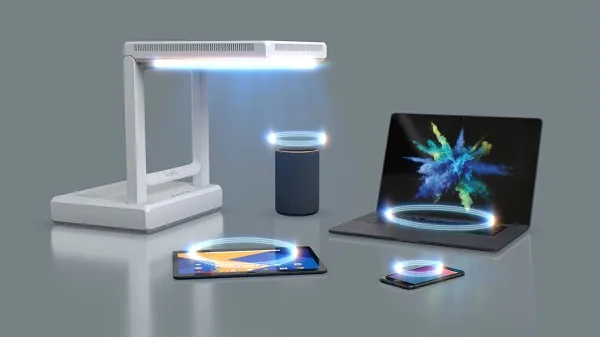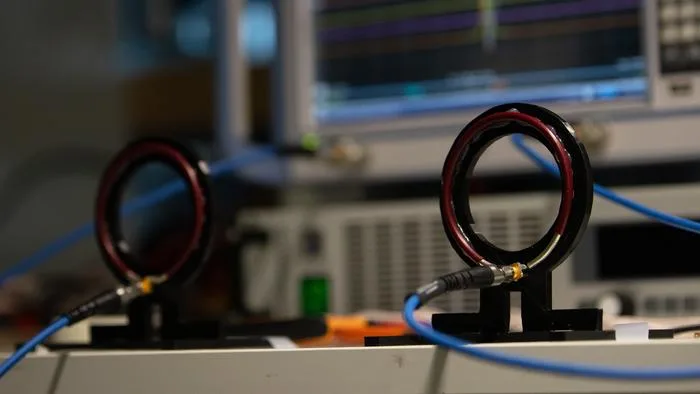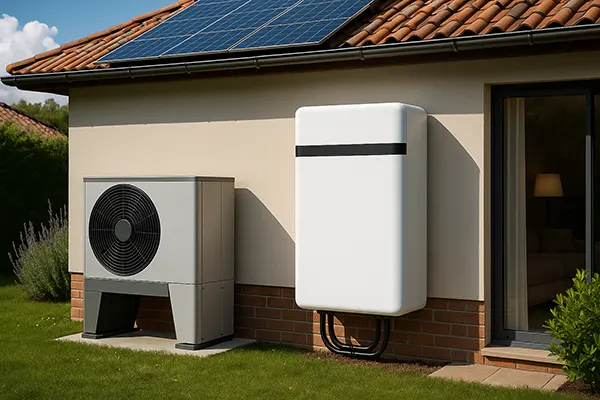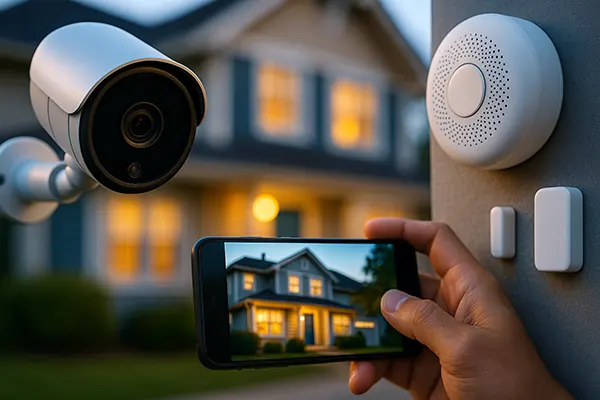
Wireless Charging: Transforming How We Power Devices
The concept of wireless energy transfer, once a distant dream, is rapidly becoming a reality, promising to revolutionize the way we power our devices and machinery. This innovative technology, which allows for the transmission of electrical energy without the need for wires, is set to redefine the boundaries of energy consumption and convenience.
What Kind of Technology and How It Works
Wireless energy transfer technology operates on the principle of electromagnetic induction or magnetic resonance, where an energy source transmits electromagnetic fields through the air to a receiver, which then converts these fields back into electrical power. This method can be seen in the increasingly popular wireless charging pads for smartphones and electric toothbrushes, showcasing a practical application of the technology.
The technology is not limited to small devices. High-power applications are being explored, such as wireless charging stations for electric vehicles (EVs), where cars are charged by simply parking them over an inductive charging pad. This leap forward demonstrates the technology’s potential to deliver clean, efficient, and cable-free power across a broad spectrum of uses.
Where It Is Already Used
Wireless energy transfer is making its mark in various sectors. In consumer electronics, devices like smartphones, laptops, and wearables are the most visible beneficiaries, enjoying the convenience of drop-and-charge solutions. Healthcare has also adopted this technology, with medical implants using wireless charging to eliminate the need for surgical replacement of batteries.
Industrial applications are burgeoning, with factories employing wireless power to run autonomous robots and sensors, reducing the reliance on physical connectors that are prone to wear and tear. The automotive industry is another key player, with companies developing wireless charging solutions for electric vehicles, aiming to make EV charging as seamless as refueling a gas-powered car.
Public infrastructure is not left behind, with cities experimenting with wireless charging roads for buses and trams, which could lead to a significant reduction in urban pollution and a shift towards greener public transportation.
Where Else It Can Be Used
The possibilities for wireless energy transfer are boundless. In remote areas, this technology could deliver power to locations that are challenging to connect via traditional grid infrastructure, offering a lifeline to communities with limited access to electricity. Disaster relief operations could also benefit, with wireless power providing immediate energy access to affected areas without the need for complex logistics.
Space exploration stands to gain from wireless energy transfer, with concepts like solar power satellites proposed to beam solar energy back to Earth. This could open up new avenues for clean, limitless energy. In the consumer space, imagine a home where every appliance is powered wirelessly, eliminating the clutter of cables and transforming the design and functionality of living spaces.
On a larger scale, wireless power could revolutionize urban infrastructure, powering everything from street lights to public Wi-Fi networks, making cities smarter and more energy-efficient. The integration of wireless energy transfer into transportation networks could also enhance the operational efficiency of public transit systems, providing continuous power to vehicles and reducing downtime.

What Are the Problems of This Technology
Despite its promise, wireless energy transfer faces several challenges. Efficiency remains a significant concern, with energy losses occurring during transmission. The distance between the transmitter and receiver greatly affects the efficiency of energy transfer, limiting the practical applications of current technology.
Safety and health implications are also under scrutiny. The long-term effects of exposure to electromagnetic fields on human health are not fully understood, necessitating thorough research and regulation. Moreover, there are technical hurdles in scaling up the technology for widespread use, including interference with existing wireless communications and the development of universal standards.
Further Perspective
The future of wireless energy transfer technology is bright, with ongoing research aimed at overcoming its current limitations. Innovations in materials science and electromagnetic theory hold the key to more efficient, longer-range, and safer wireless power solutions.
As the technology matures, we can anticipate a gradual integration into our daily lives, transforming not only how we charge our gadgets but also how we design our homes, cities, and transportation systems. The potential for a wirelessly powered world is vast, promising a new era of convenience, efficiency, and environmental sustainability.
Popular articles
-
 Why Modern Technologies Are Becoming More ...
Why Modern Technologies Are Becoming More ...Modern technologies are developing at a pace that few users can fully …
Learn more -
 Next-Generation Home Batteries: Hybrid Ene...
Next-Generation Home Batteries: Hybrid Ene...Hybrid home batteries have become a practical foundation for residential energy autonomy …
Learn more -
 How Artificial Intelligence Transforms Hom...
How Artificial Intelligence Transforms Hom...By 2025, artificial intelligence has become a central component of modern home …
Learn more
